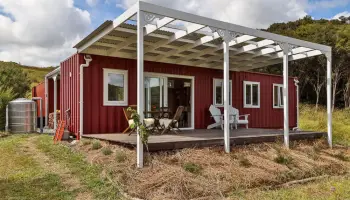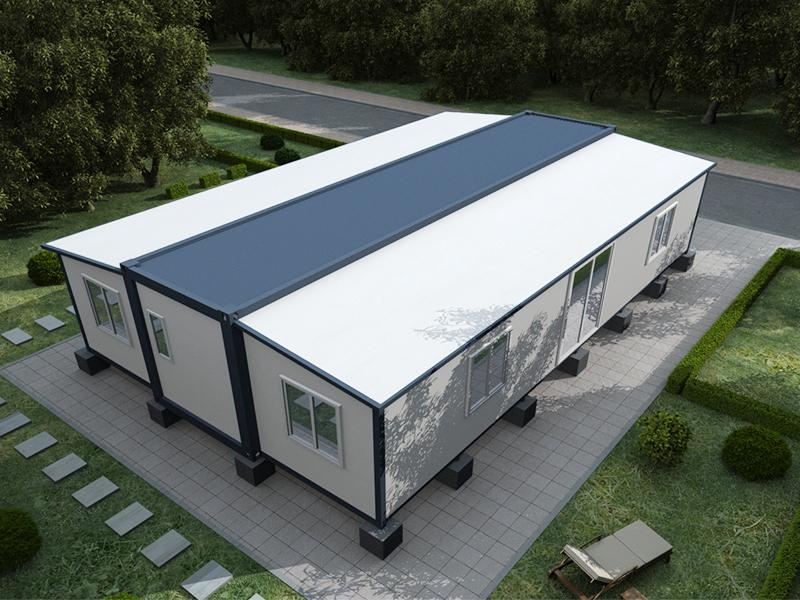Living in a Container: Compact, Sustainable, and Innovative
In today’s rapidly changing world, innovation is a key driver of progress, and this extends to the way we think about our homes. Traditional houses and apartments have long been the standard for housing, but as our needs and priorities evolve, so does our approach to living spaces. One fascinating and forward-thinking trend in housing is the concept of “living in a container.”
What is Living in a Container?
Living in a container, also known as container homes, involves transforming shipping containers into functional and stylish living spaces. People typically repurpose these containers, which are used for transporting goods across the globe, into homes, offices, and even hotels. This innovative approach to housing has been gaining popularity in recent years due to its numerous advantages.
Compact and Space-Efficient
One of the primary benefits of living in a container is its compact and space-efficient design. Shipping containers come in various sizes, with the most common being 20 and 40 feet long. This allows individuals to efficiently utilize the available space for living. Consequently, it makes container homes ideal for urban environments where space is at a premium. Furthermore, the compact design encourages a minimalist lifestyle, prompting residents to carefully consider what they truly need. This, in turn, reduces clutter and simplifies their lives.

Affordability
Container homes are often more affordable than traditional houses. The cost savings come from various sources, such as reduced building materials, shorter construction times, and the possibility to use recycled containers. This affordability makes container homes an attractive option for individuals and families looking to own a home without taking on a hefty mortgage.
Flexibility and Mobility
Container homes offer a unique level of flexibility and mobility. They can be easily transported and relocated to different sites, which is especially advantageous for those who value a nomadic lifestyle. This flexibility enables homeowners to adapt to changing circumstances. They can use it to explore new locales or take advantage of job opportunities in different regions.
Customization and Design
Living in a container doesn’t mean sacrificing design and aesthetics. Residents can customize container homes to suit their individual tastes and needs. People can design container homes from contemporary and minimalist to rustic and cozy, creating a comfortable and inviting atmosphere that reflects the personality of the residents.
Challenges and Considerations
While living in a container presents numerous benefits, it’s important to acknowledge potential challenges and considerations. Container homes may require additional insulation and climate control measures to ensure they are comfortable in extreme weather conditions. Local building codes and regulations also need to be carefully adhered to. Finally, the limited space may not be suitable for large families or individuals who require a significant amount of storage.
In conclusion, living in a container is an innovative and sustainable approach to housing that addresses the evolving needs and priorities of today’s world. It provides a compact, affordable, and customizable living solution that people can adapt to various lifestyles and preferences. As we pursue sustainable and cost-effective housing options, container homes emerge as a compelling choice. They offer a unique, stylish, and environmentally responsible way of living for those seeking an exciting alternative.
